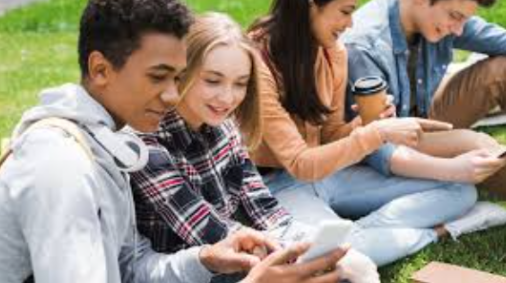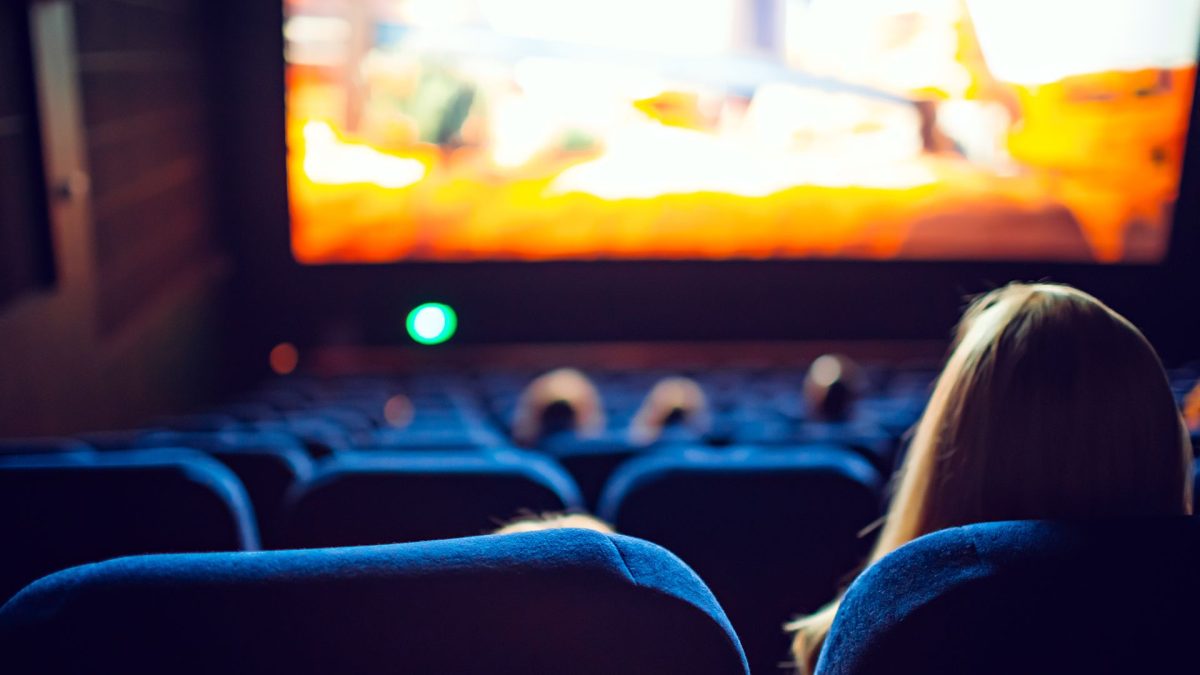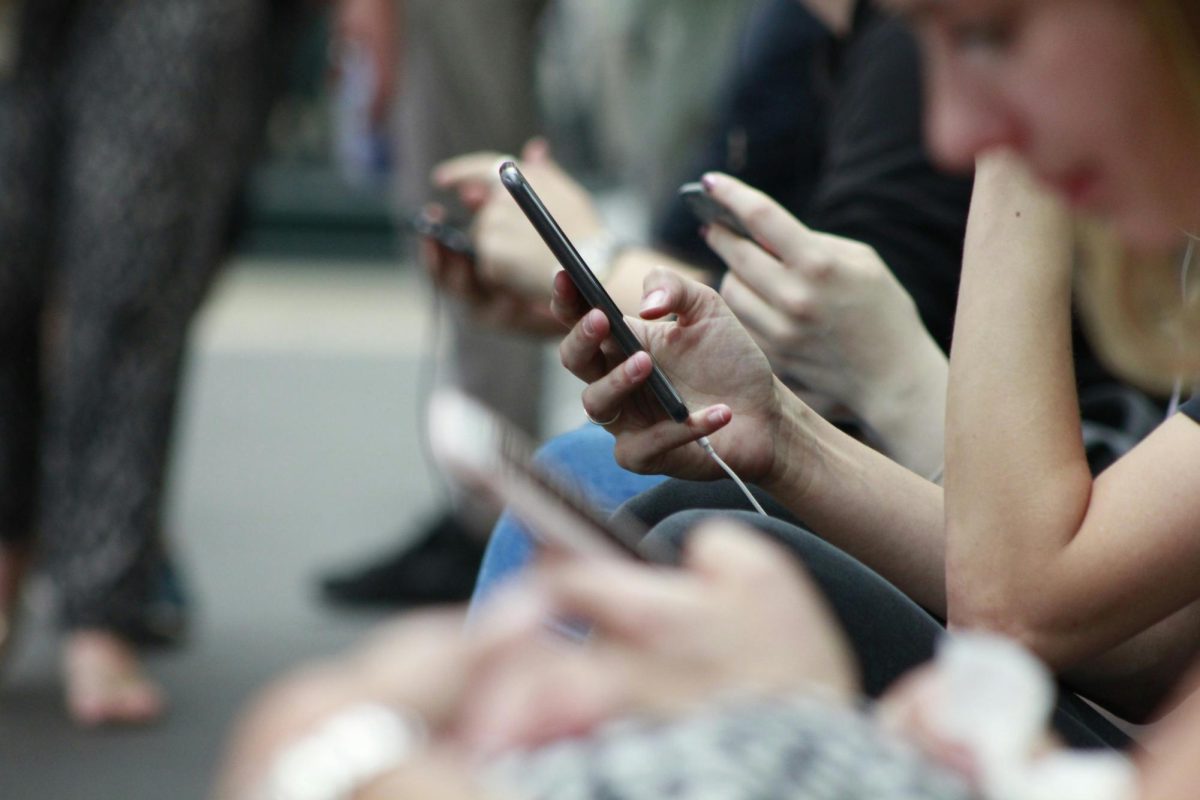Imagine this. You’re coming from school on a sunny and cloudless afternoon. You and your friends gather around the block and spend the next 3-4 hours hanging out together; riding bikes, playing dice games, playing basketball and football, and just running around with nothing to lose. Then, you go home and sip on some refreshing Kool-Aid, make yourself a delectable PB&J, do some homework and finally go to bed, hoping that tomorrow will replay itself like today.
This used to be the typical scenario that kids used to enjoy 30+ years ago. But with the rise of new technology, kids nowadays spend most of their time with technology: on their phones and iPads after school. This could have a big toll on our mental and physical well-being not only of our generation, but for future generations to come.
According to the National Institute on Drug Abuse (NIDA), a study from Common Sense Media states that teens spend an average of seven hours and 22 minutes on screens every day. This excludes computer time for schoolwork.
Common side-effects that come from spending too much screen time include but are not limited to: sleep deprivation, lower grades in school, reading fewer books, less time with friends and family, not enough time with nature, depression, and anxiety.
These issues could have a big negative impact on the healths of teens, especially since their systems are in the height of development and being exposed to these negative habits that are being engraved daily, both day and night.
“Most of our sleep schedules are messed up, which then correlates to what we do the next day,” said senior Iben Eno. “Especially for the ones who stay after-school and play sports, they need to create a schedule of what they do when they get home from school.”
During nighttime, our bodies release a chemical called melatonin which helps our bodies sleep faster and stay asleep. However, bright lights can reduce melatonin levels and thus keep teens awake throughout the night.
Luckily for us, there is a unique trick that teens can start doing with their phones that turns their screens from blue light to red light. In order to do this, press the side button on the right side of your iPhone three times consecutively. Doing so will automatically turn your screen red, which will make you fall asleep faster and reduce eye strain.
Speaking of red light, the most beneficial way of getting red light, apart from getting it through your phone, is through this big, bright, red dot called the sun.
It is crucial for teens to get enough physical activity. According to the CDC, the recommended amount of time for teens to exercise is 60 minutes every day. These activities should make their heart rates go up, build muscle, and strengthen bones. A few examples of activities that teens can incorporate into their routines include, but are not limited to: brisk walking, sports(basketball, volleyball, soccer,), bicycle riding, and even yard work.
Getting enough sunlight throughout the day and dialing in into physical activity is the key to the development of teenagers. Right now some might not look at it this way, but in 10 years from now they will say, “Man, I should’ve spent more time outdoors in my teenage years.”








